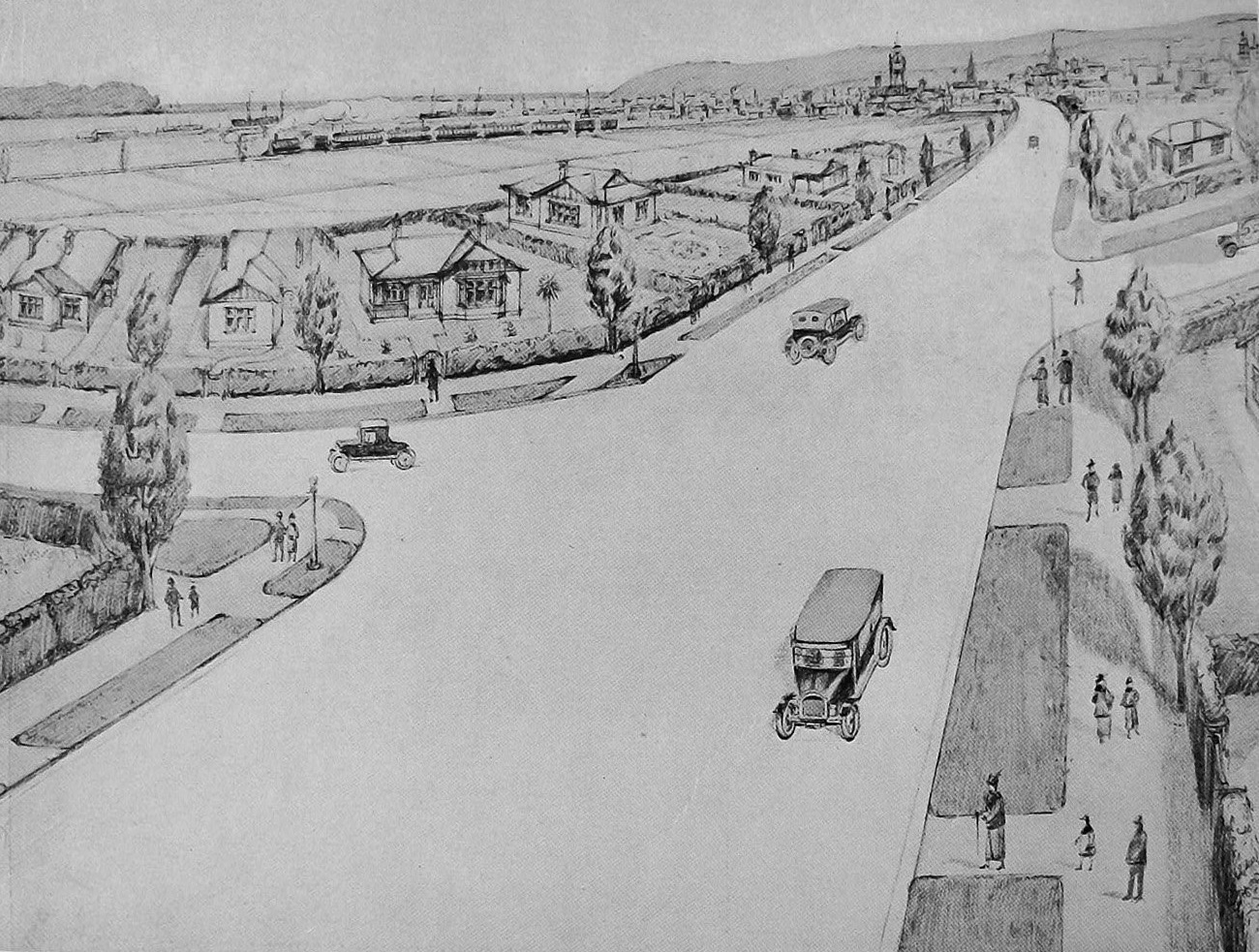"Seeing is believing," and this week a Times reporter was invited to play the part of eyes on behalf of those who are inclined to doubt the existence of slums in the city and to accept with cold reserve the frequent tales of overcrowding and of disgracefully insanitary dwellings. By the courtesy of Mr J. McDonald, chairman of the Citizen’s Housing Committee, and in company also with Ensign Coombs of the Salvation Army, and Miss Runciman, a member of the Citizen’s Housing Committee, he spent a whole afternoon looking into some of the very worst dwelling places — they could scarcely be called houses and by no stretch of the imagination homes — to be found in the city. Those were offered but as a fair sample of what might be seen in many other parts of the city. Indeed a month of afternoons could probably be spent in the same harrowing and depressing fashion. Several facts stood out quite clearly. For one thing it is quite certain that there are scores — possibly hundreds — of buildings in and about Dunedin occupied as dwellings though they are quite unfit for the habitation of any human being. This arises chiefly from the kindred fact that there is a very acute shortage of small cheap houses such as would be suitable for men with families to support who are trying to bring them up on the "living" wage of £3 16 shillings or thereabouts. From this shortage again arises a considerable amount of over-crowding in houses and the far too frequent necessity of families having to be content to live in rooms. The investigation showed also quite clearly that it is not always the worst people by any means who get the worst houses, but that very often thoroughly deserving well-doing people are compelled to live in shocking shanties, not so much through poverty as because they can at the present time find nowhere else to go. The tour of the little "slumming" party began not a stone’s throw from the Octagon. Here the Ensign led the way up a rickety stairway to two dingy rooms in sad disrepair. The only occupant was a sick young man lying an a bed in a corner of one of them; he seemed cheery enough, and remarked that it would be all right if only his legs were a bit stronger again. His wife and he and a baby occupy this room, and his mother occupies the other at the back, which is almost completely filled by three beds. The outlook on to the backyards in the centre of this block is about as dismal and dirty as one could wish to avoid. All washing, cooking, and sanitary conveniences are shared with a woman downstairs from whom these two upper rooms are rented at 6s a week. In the same repulsively ugly group of houses there is one very nicely kept but shared by two families in which there are a total of six adults and four children. Those 10 people have five rooms among them for which they pay 12s a week. Of course, when houses of this particular type were built bathrooms had not yet been discovered. In the locality, which it is hoped the main highway to Logan Park will open up and elevate to respectability, there are many disreputable dwellings.
It would be a salutary experience if a few score of comfortable well-satisfied citizens could spend a day or two getting into close personal touch with the conditions of the worst-housed portion of the community. They might, if they were sympathetic and sensitive, spend a few sleepless nights, but there would be quickly generated in the community a conscience on the matter that would sweep into the destructor some of these apologies for dwellings that disgrace the city. Perhaps if the names of some of the owners could be made publicly known it might lead to the adoption of a less hard and inhuman attitude toward the comfort and well-being of tenants. — ODT, 28.8.1924
Compiled by Peter Dowden














